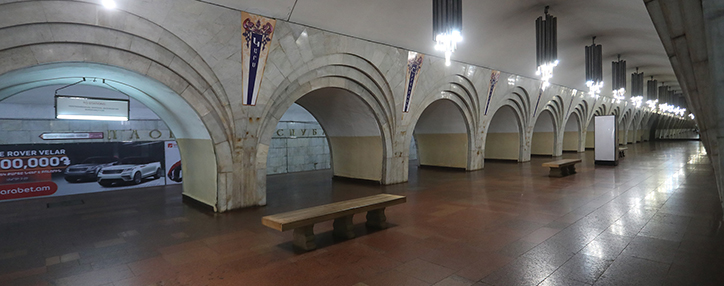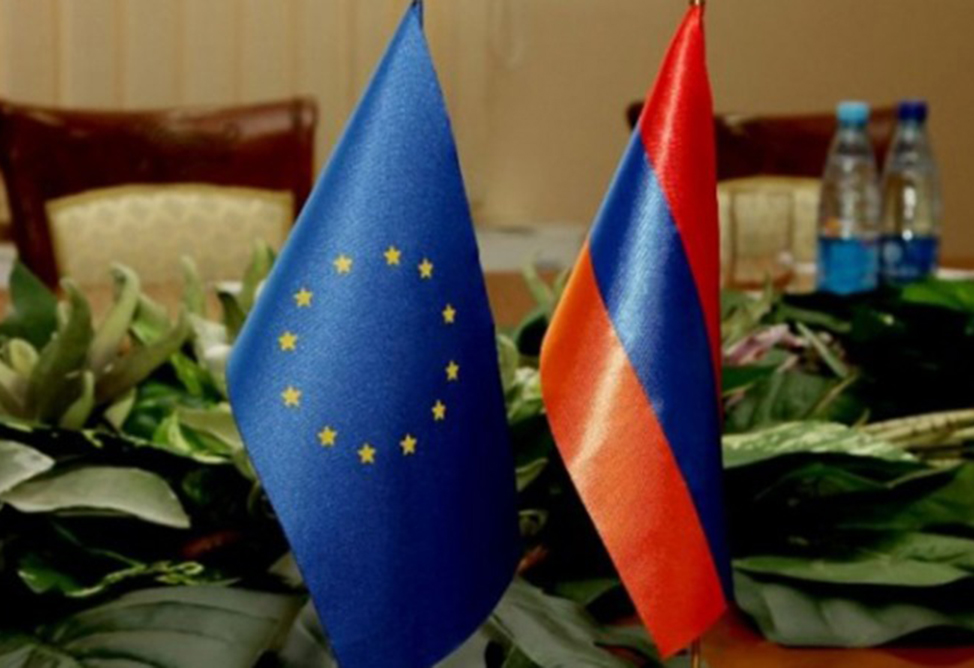Urban development expert questions Yerevan authorities promise to build new metro station
01.09.2020,
16:07
Mariam Khachatrian, an urban development expert from University of Paris-Est ((Université Paris-Est), questioned today the Armenian authorities' promise to build new stations for the Yerevan underground railway system, known as Metro.

YEREVAN, September 1. /ARKA/. Mariam Khachatrian, an urban development expert from University of Paris-Est (Université Paris-Est), questioned today the Armenian authorities' promise to build new stations for the Yerevan underground railway system, known as Metro.
Speaking at a press conference, she cited the reasons why construction of new stations seems unrealistic. According to her, the cost of constructing one station estimated at $120 million is unaffordable for private companies that were supposed initially to build at least one station.
However, according to Khachatrian, the state is also unable to implement construction at the moment, since the social and other problems existing in the country will not allow it to invest so much money in the project.
Construction of a new station that was to extend to Ajapnyak administrative district was to kick off in spring 2020. At the end of 2019, negotiations reached the design stage and a preliminary agreement was reached with a private investor to finance the construction of the bridge in the first stage of the project.
However, on August 4, 2020 Yerevan mayor Hayk Marutyan said that the construction of a new station of the Yerevan Metro would be financed by the government. He said that was the best option that would benefit most the government and the Yerevan Municipality.
The new station is to be located on a bridge to be built across the Hrazdan River. The distance between the current terminal Barekamutyun station and the new one is 525 meters. The bulk of it will pass through a tunnel, the construction of which began in Soviet times.
The system launched in 1981 runs on a 13.4 kilometers line and currently serves 10 active stations. -0-
Speaking at a press conference, she cited the reasons why construction of new stations seems unrealistic. According to her, the cost of constructing one station estimated at $120 million is unaffordable for private companies that were supposed initially to build at least one station.
However, according to Khachatrian, the state is also unable to implement construction at the moment, since the social and other problems existing in the country will not allow it to invest so much money in the project.
Construction of a new station that was to extend to Ajapnyak administrative district was to kick off in spring 2020. At the end of 2019, negotiations reached the design stage and a preliminary agreement was reached with a private investor to finance the construction of the bridge in the first stage of the project.
However, on August 4, 2020 Yerevan mayor Hayk Marutyan said that the construction of a new station of the Yerevan Metro would be financed by the government. He said that was the best option that would benefit most the government and the Yerevan Municipality.
The new station is to be located on a bridge to be built across the Hrazdan River. The distance between the current terminal Barekamutyun station and the new one is 525 meters. The bulk of it will pass through a tunnel, the construction of which began in Soviet times.
The system launched in 1981 runs on a 13.4 kilometers line and currently serves 10 active stations. -0-



